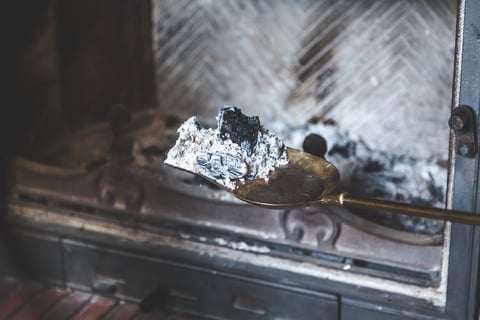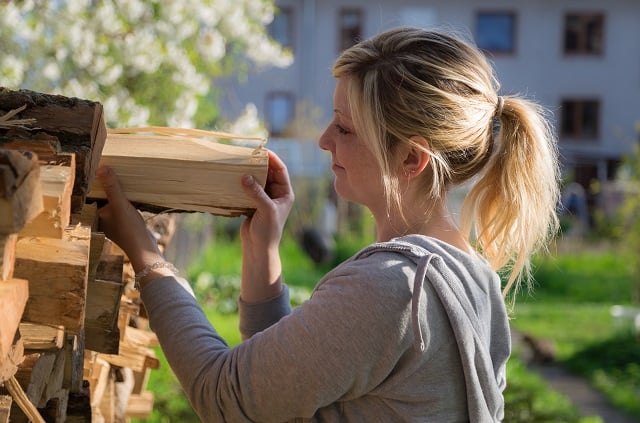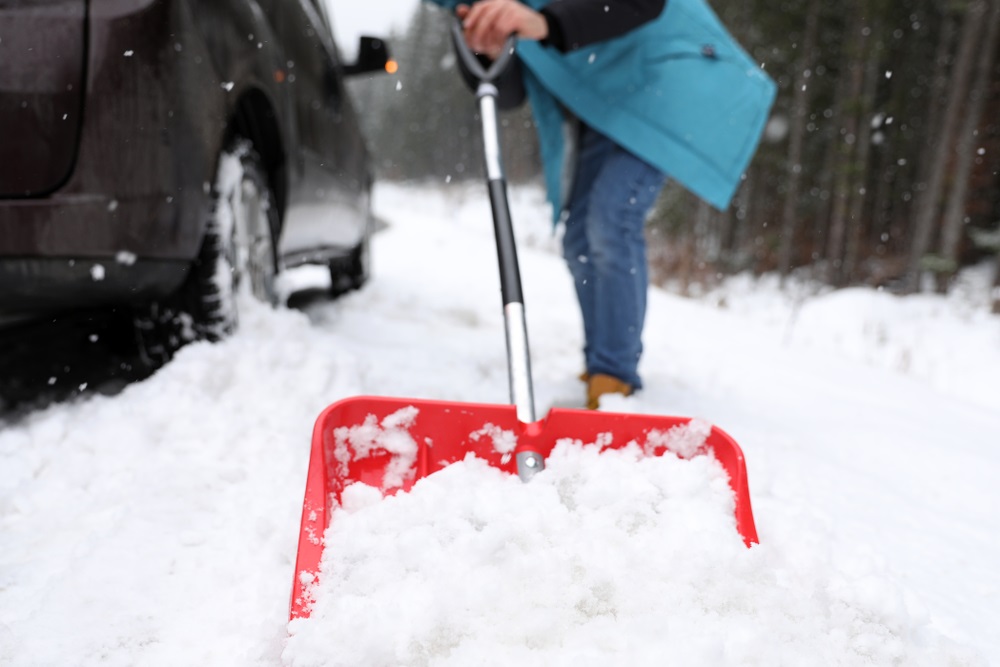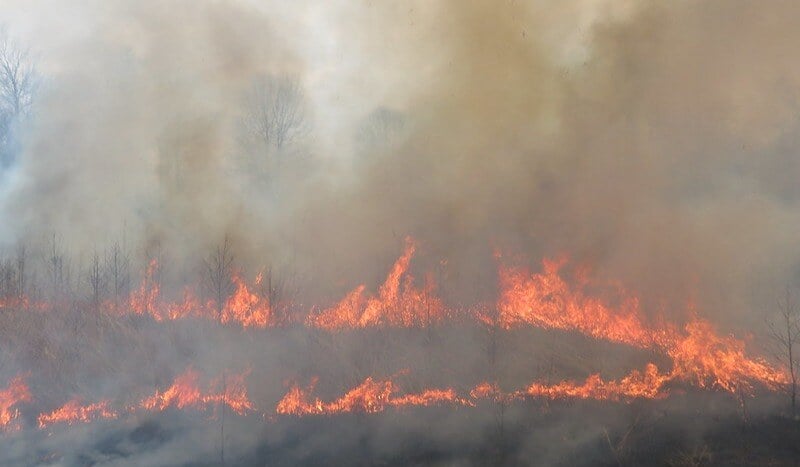
Virginia winters can be mild, but we have our share of frigid days too. Thank goodness for fireplaces and wood stoves! If you’re looking into getting one, a correct installation by a licensed and certified professional is key. If you already have one, we’re sharing our homeowners insurance experience for maintaining these heating helpers so you can protect your family and home.
Fireplaces and woodstoves can be fire hazards
Home heating fires, such as those originating from fireplaces and wood stoves, are a major cause of residential fires in both the United States and Virginia. We've witnessed firsthand the issues that can arise with fire-related home insurance claims. Additionally, we understand that while fireplaces and wood stoves are valuable heating solutions, they can pose significant fire risks if not properly maintained.

5 Tips for Maintaining Your Fireplace or Wood Stove
Be sure to check the annual professional inspection and cleaning off the list. Now let’s keep things running smoothly all season long with our simple checklist.
1. Do regular wood stove and fireplace cleanings.
Folks, regular cleanings are critical throughout winter. Clean your fireplace frequently, especially if it gets weekly use. Likewise, if your wood stove is constantly burning, regular cleanings of your wood stove every few days are just as important.
2. Take proper care of the ashes.
Put those ashes into a metal container that can be tightly closed. Douse with water and place the closed container outside your home away from combustible materials. Leave them in the container for several days before disposing of them in the trash.

3. Look and listen before you light.
Take a good look before you start a fire, every single time. The chimney flue should be clean and free of obstructions. Once your fire is burning, stay close by and observant. Chimney fires make loud cracking or popping noises and produce dense smoke from the flue. These signs can go undetected if you are not paying attention.
4. Use only dry and seasoned wood
Dry, seasoned wood has had a long period of time for the moisture from the tree’s cells and sap to have evaporated from the wood. Green firewood or freshly chopped wood contains about 50% water. To properly season wood, it should be stacked in a dry location for over a year to reduce the moisture content below 20% ideally.
5. Know when to hire a professional.
Chimney fires account for 75% of home heating fires. The best way to prevent a chimney fire is to have an annual inspection and cleaning performed by a CSIA Certified Chimney Sweep. A professional chimney service will not just take care of creosote deposits and ensure structural soundness and correct clearances.
Even though a gas fireplace burns cleanly with no smoke, cinders, or wood ash, it also requires annual maintenance. Although you may decide to service your gas fireplace yourself, a professional service will know exactly what to look for while inspecting the firebox, the glass and its gasket seals, the logs, gas lines, and ignition. They will also inspect the external chimney structure.
Fireplaces and Wood Stoves: Safety and Air Quality
If you can tackle these 4 simple practices, you can have peace of mind that your Virginia home is protected from fireplace or wood stove fires. All this toasty heat can definitely affect indoor air quality so check out our expert tips for keeping things warm and comfortable for your family this winter.
Do-it-yourself maintenance includes having a working carbon monoxide detector close by any appliance where combustion is present, including wood and gas fireplaces and wood stoves. Also, be aware of other heat-related safety and fire hazards that can come with adding extra warmth to your home. Because there’s nothing like coming back to a warm and safe home on a cold winter day.

Learn more about homeowners insurance in Virginia >
THE NORTHERN NECK INSURANCE INTEGRITY PROMISE — We pledge to provide straight talk and good counsel from our NNINS Virginia insurance experts through our blog. While we hope you find this to be a helpful source of information, it does not replace the guidance of a licensed insurance professional, nor does it modify the terms of your Northern Neck Insurance policy in any way. All insurance products are governed by the terms in the applicable insurance policy.




